Festival Internacional de Danza de Seúl (서울세계무용축제)
2.6Km 2024-08-30
Daehak-ro 10-gil 17, Jongno-gu, Seúl.
02-3216-1185
El Festival Internacional de Danza de Seúl fue creado por la Sede Seúl del Consejo Internacional de Danza de la Unesco en 1998 como un canal adecuado para presentar la danza coreana a los escenarios mundial y, a la vez, las tendencias mundiales a la escena coreana. La danza coreana había experimentado una grave carencia de intercambio internacional, pero esto ha sido subsanado en cierta medida con la formación de la Sede Seúl en 1996. El Festival en sí mismo cuenta con varias actividades para promover la danza coreana. Existe una estrecha cooperación con agencias oficiales como el Ministerio de Cultura, Deporte y Turismo, el Ayuntamiento de Seúl, la Korea Foundation y la Fundación de Seúl para las Artes y la Cultura, a lo que se suman diversas embajadas y organizaciones gubernamentales internacionales.
PAULIN PANCAKE - Samcheong Branch(폴인팬케이크 삼청)
2.6Km 2021-04-15
108, Samcheong-ro, Jongno-gu, Seoul
+82-2-737-8952
This is a cafe located in Jongno, Seoul. The best menu at this restaurant is souffle pancakes. Souffle pancake is a popular dessert in Korea.
Hwang Seonsaeng (황선생)
2.6Km 2021-03-18
19-2, Daemyeong-gil, Jongno-gu, Seoul
+82-2-744-3301
This is a Asian restaurant located in Daehak-ro, Seoul. Try a variety of Thai dishes. The best menu at this restaurant is pad Thai.
Mercado Tongin (통인시장)
2.6Km 2024-01-24
Jahamunro 15-gil 18, Jongno-gu, Seúl.
Parque del Monte Naksan (낙산공원)
2.7Km 2020-07-21
Naksan-gil 41, Jongno-gu, Seúl.
El Parque del Monte Naksan recibe su nombre de su apariencia parecida a la joroba de un camello. En coreano, “nakta” significa camello y “san” significa montaña. De esta forma, la gente se refiere al parque como Parque Nakta o Parque Naksan. La montaña es una base de roca sólida de granito. La familia real de Joseon disfrutaba de la belleza natural de la montaña de granito, pero durante el período colonial japonés una actitud apresurada de planificación urbana dio como resultado la demolición de gran parte de la montaña. En un esfuerzo por salvar las zonas verdes restantes, el 10 de junio de 2002 el monte Naksan fue designado como parque. Situado en el centro de Seúl, este parque histórico y hermoso permite a sus visitantes contemplar la magnificencia de la ciudad.
Seongdae Guksu (성대국수)
2.7Km 2021-03-18
18, Seonggyungwan-ro, Jongno-gu, Seoul
+82-2-762-3996
This is a Korean cuisine located in Jongno-gu, Seoul. A restaurant that uses only natural ingredients. The best menu at this restaurant is noodles in anchovy broth.
Blue Square (블루스퀘어)
2.7Km 2021-03-25
Itaewon-ro 294, Yongsan-gu, Seúl
Blue Square es un complejo cultural construido por Interpark Group para dar apoyo a las artes escénicas. Abrió en noviembre de 2011, convirtiéndose en la mayor sala de actuaciones de arte de Corea. Tiene un teatro con 1.726 butacas, una sala de conciertos con 1.400 butacas y espacio de pie para 3,000 personas, y dos grandes teatros.
Ca'del Lupo (까델루뽀)
2.7Km 2020-04-27
5-5, Jahamun-ro 16-gil, Jongno-gu, Seoul
+82-2-734-5233
Ca'del Lupo is an Italian restaurant, closely located to Paris Baguette in Hyoja-dong, Jongno-gu near Gyeongbokgung Palace Station. Though the restaurnat masters delicious homemade Italian cuisine on the inside, the exterior is wholly Korean. This unique combination of Hanok (traditional Korean house) style housing and Western foods is drawing a lot of people to Hyoja-dong. The great mix of both cultures can be seen in the sophisticated decorations and from the amazing food. The herbs they use are picked directly from the restaurant's personal garden. But to enjoy the atmosphere here, you will have to make a reservation far in advance.
Sarangchae de Cheong Wa Dae (청와대사랑채)
2.7Km 2023-05-30
Hyoja-ro 13-gil 45, Jongno-gu, Seúl
Sarangchae de Cheong Wa Dae es un espacio donde los visitantes pueden aprender sobre cultura coreana y la historia de los presidentes de Corea. Los visitantes pueden también conocer algunas anécdotas e historias relacionadas con Cheong Wa Dae y sentir el encanto de hacer turismo en Corea.
Nuwa [Korea Quality] / 누와 [한국관광 품질인증/Korea Quality]
2.7Km 2021-03-29
3-1, Pirundae-ro 5na-gil, Jongno-gu, Seoul
This hanok (traditional Korean house) is located deep in the Seochon Village, west of Seoul’s Gyeongbokgung Palace. Its tasteful renovation of a small 33 m2 hanok made it highly popular among the younger guests. The courtyard has a low maple tree and tastefully arranged stones, while the hanok is capable of accommodating up to 2 persons.
This L-shaped hanok has a full window wall facing the living room, which is furnished with a low walnut table and a bathtub. Visitors can enjoy premium tea at the table. The bathtub, which is connected to the table at one end, can be used mainly for a foot bath with bath salts that assist circulation. There is also a restroom in the building.
Nuwa’s bedroom has a circular window, much like the full moon, with a view of the garden and the fringes of the Inwangsan Mountain.
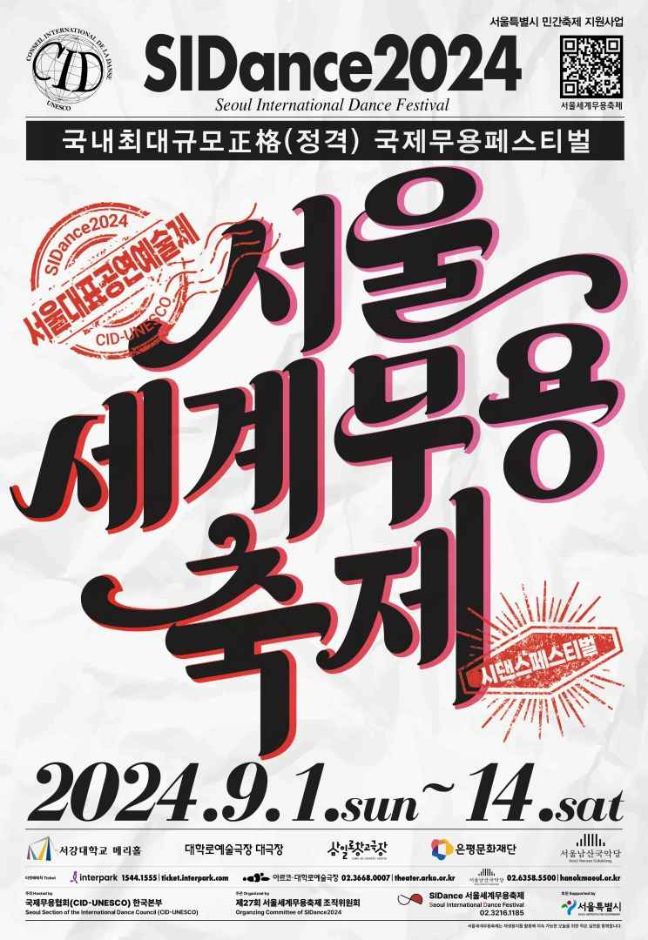
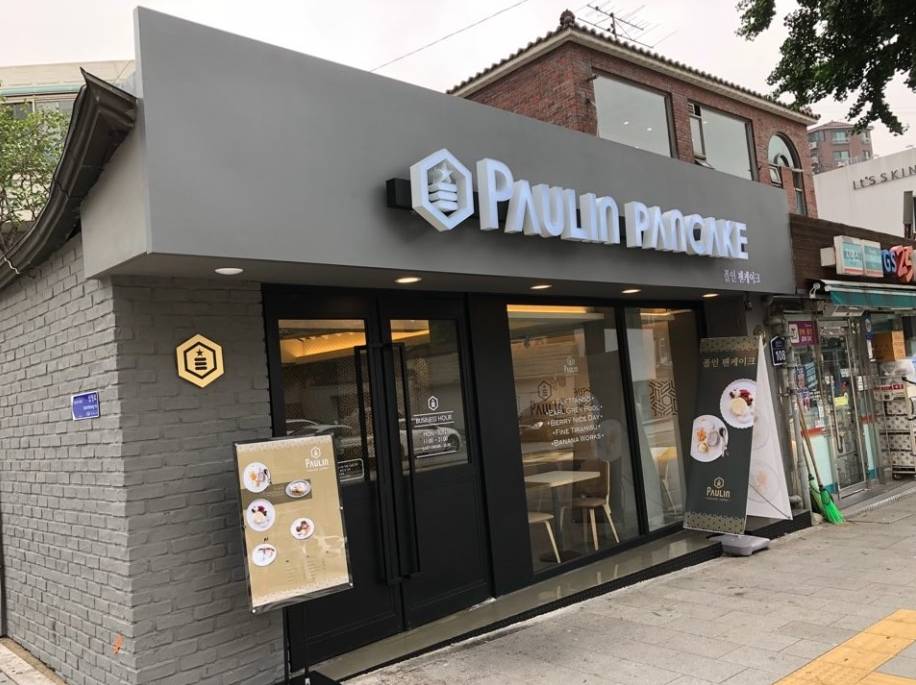


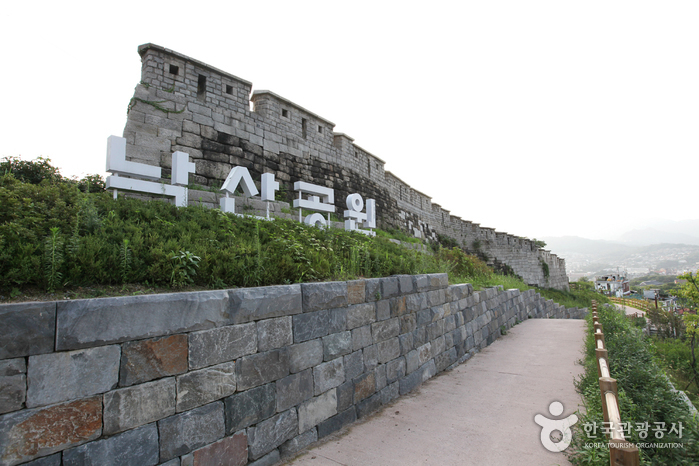
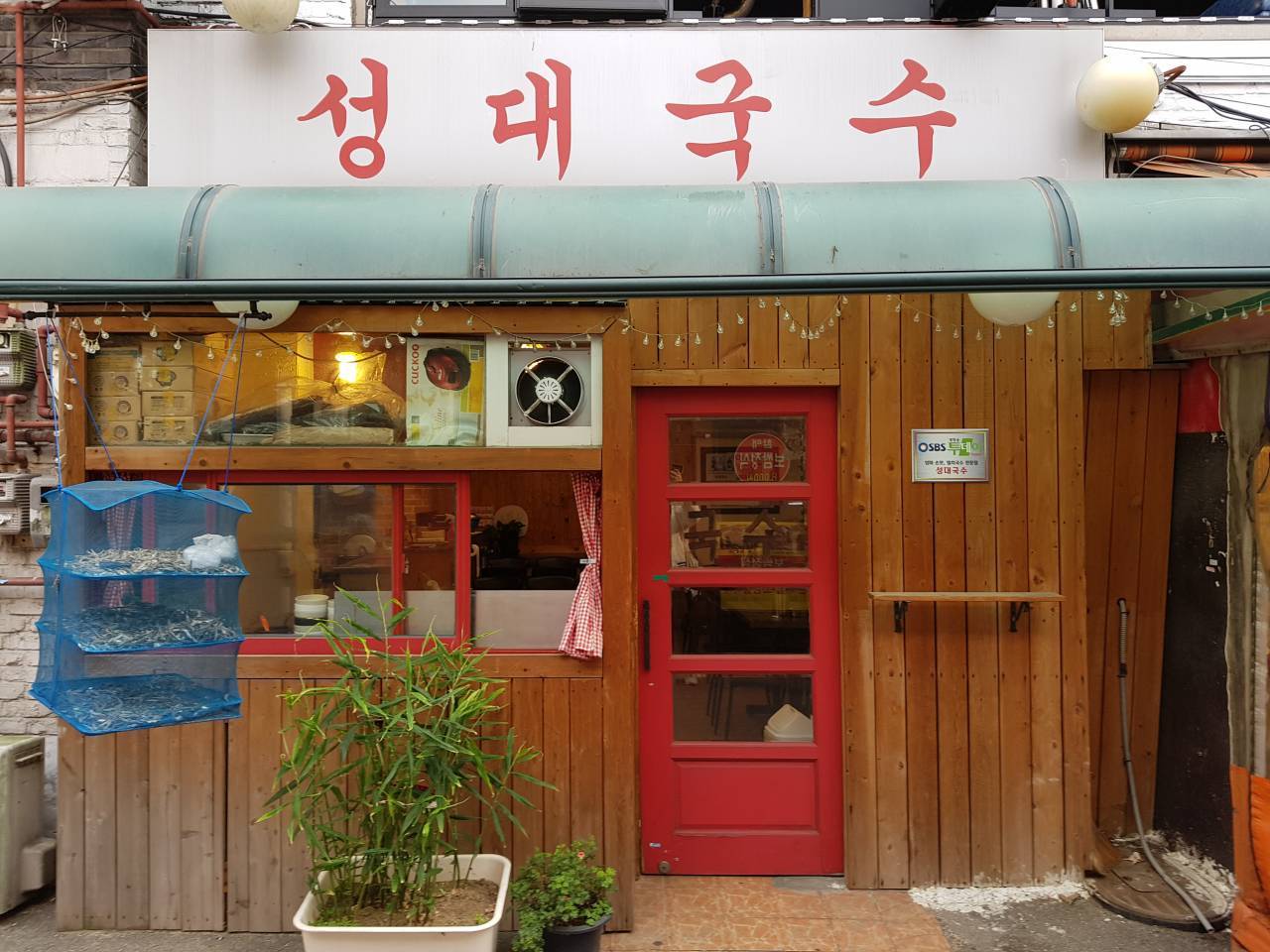
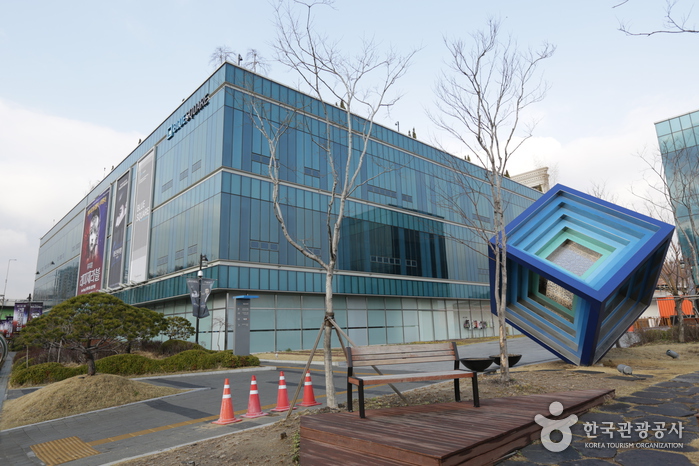
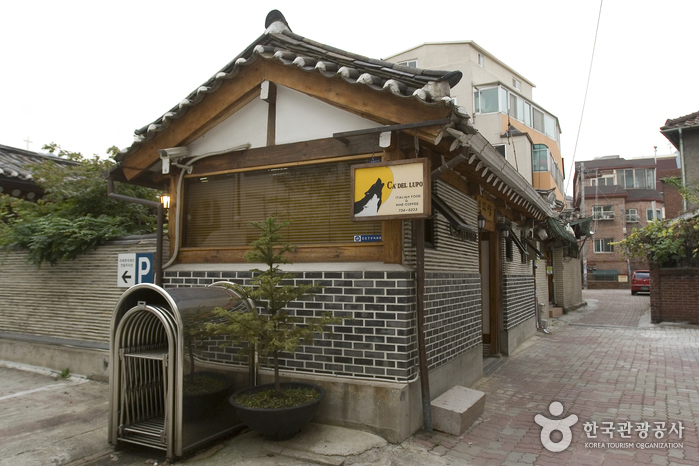
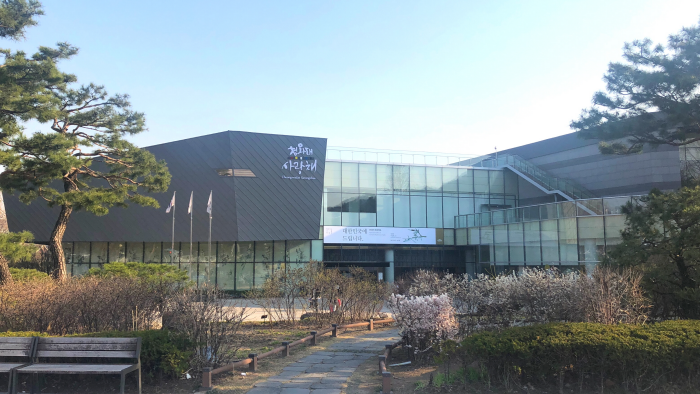
![Nuwa [Korea Quality] / 누와 [한국관광 품질인증/Korea Quality]](http://tong.visitkorea.or.kr/cms/resource/07/2707607_image2_1.jpg)
 Español
Español
 한국어
한국어 English
English 日本語
日本語 中文(简体)
中文(简体) Deutsch
Deutsch Français
Français Русский
Русский